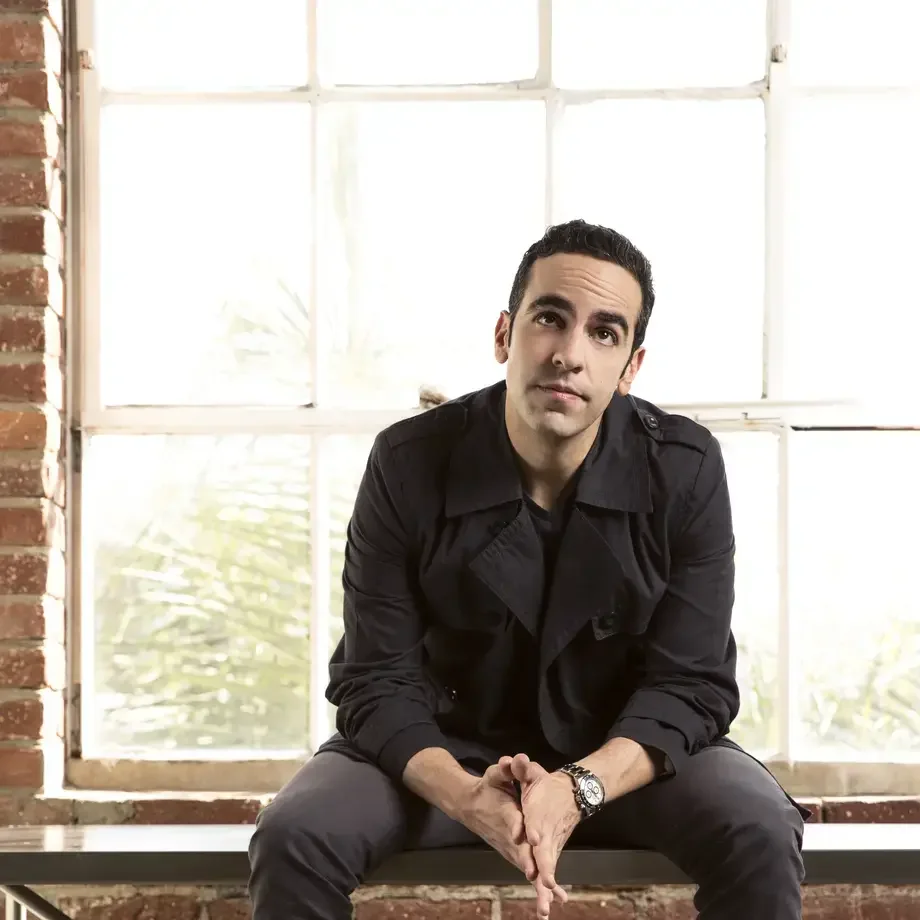If you are a fan of Japanese food, you’ve most likely tried salmon roe, and probably also tobiko (flying fish roe). And if you are a true fan of caviar, then you might have also tried the creamy, luxurious, wild sturgeon roe. We all know that caviar, or fish roe, comes in various shades of orange, red and black, so what if we said that they also come in blue?
Roe from A-Z: 26 things you need to know
So What is Blue Caviar?
These glistening blue bubbles, referred to by fans as ‘sapphires of the ocean’ are the roe of wild scampi, harvested mainly in Australia in the waters around 500 metres deep off the country’s west coast. Scampi hold their eggs in sacs external to their bodies on the underside of the tail, contributing to their natural salty flavour.
The naturally blue roe can be found over the four-month season between November to March, during which the scampi are hand-harvested, their roe hand-sorted and collected with no additives other than salt.
What Does Blue Caviar Taste Like?
Chefs have described the taste of scampi caviar as that of the ocean, highlighting the brininess of anything that it is added to. It also has a pronounced umami flavour.
What Makes it Different to Other Caviar?
Compared to the luxurious sturgeon caviar, scampi roe has a lower fat content and therefore is not considered creamy in texture, but its firm texture can create a satisfying pop in the mouth.
Josh Niland of Saint Peter restaurant in Paddington, Sydney has been a fan for many years. He shows off the sapphire-coloured roe atop fresh oysters, and is also known to serve it with a smoked eel hash brown dish.
Still in Oz, in nearby Melbourne, we spotted blue caviar at the wildly popular Japanese concept restaurant Kisumé, where the glistening blue bubbles join the vesicles of fresh finger lime, ikura (salmon roe) and tobiko (red flying fish roe) to great artistic effect.
Some Other Ways Chefs Use Wild Scampi Caviar
A contemporary twist to the Sicilian panella served with crab salad and scampi caviar.
Scampi toast with seaweed mayo and wild scampi caviar.
Kangaroo, hummus and white fungus.
Because it’s hand-harvested from wild scampi, the blue caviar season is short. There’s no time to waste when it comes to experimenting with it in the kitchen. How about adding a salty tang to your brunch by using it to substitute the salmon roe in this scrambled egg recipe? Or enjoy it at its luxurious best in this recipe for potato gnocchi with chives and caviar created by Joseph Vargetto. For a gourmet seafood appetiser, these seared scallops with caviar and potato mousseline are hard to beat.









